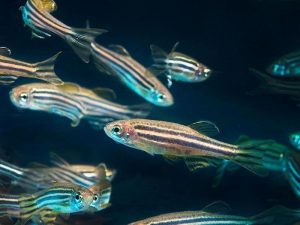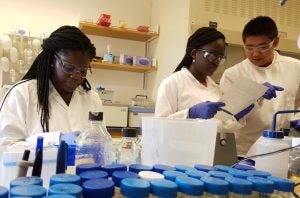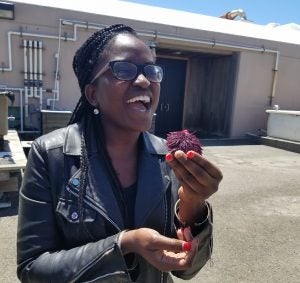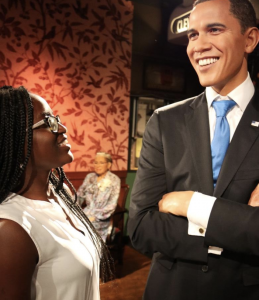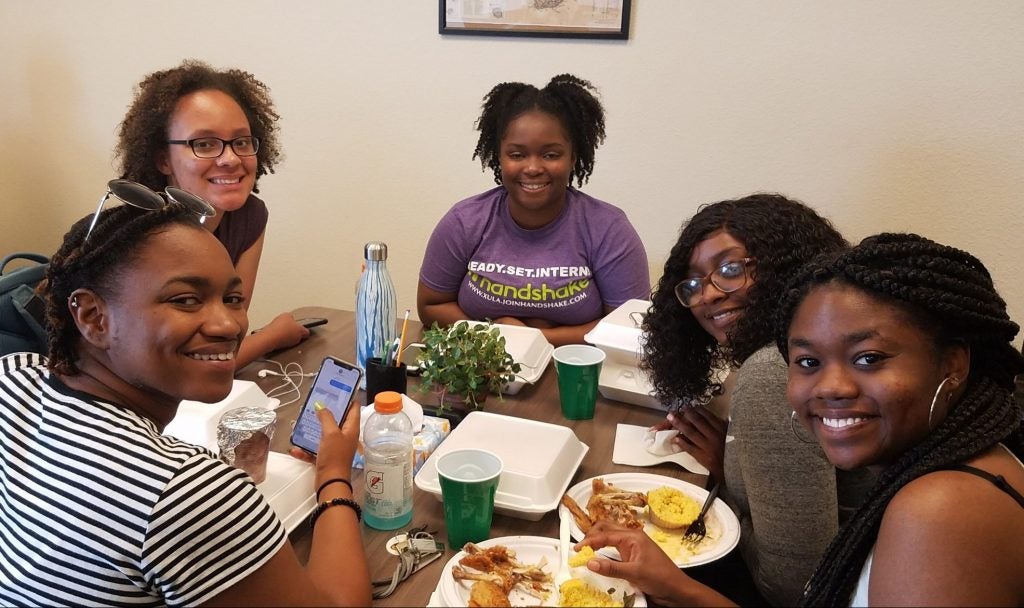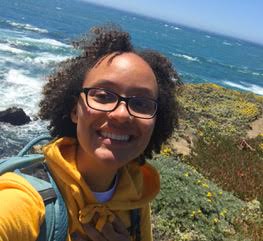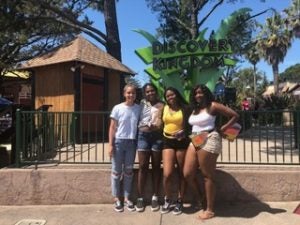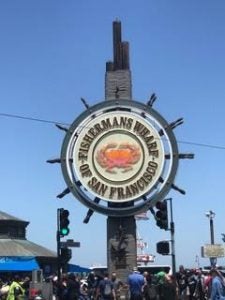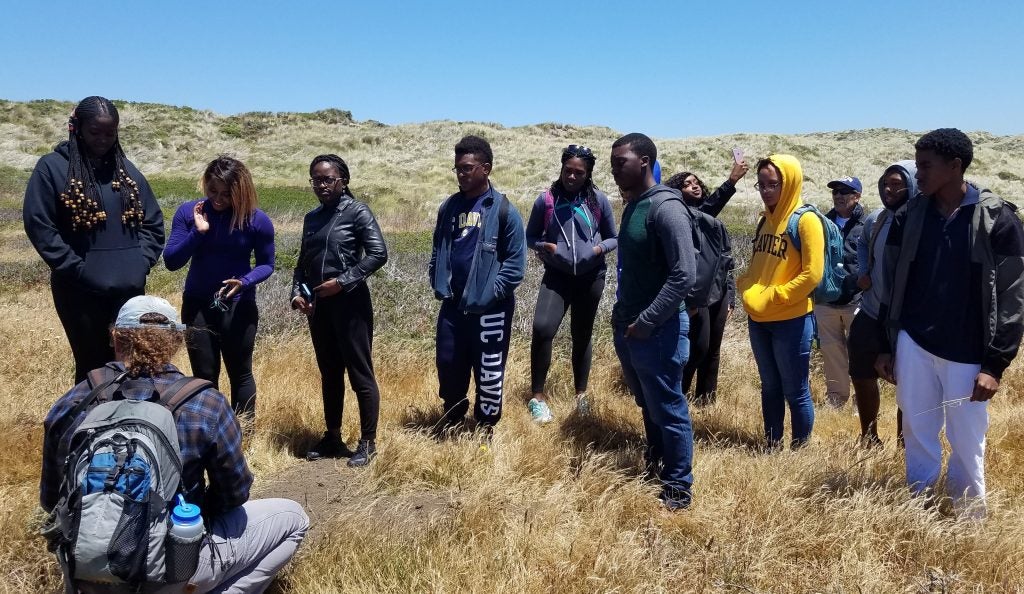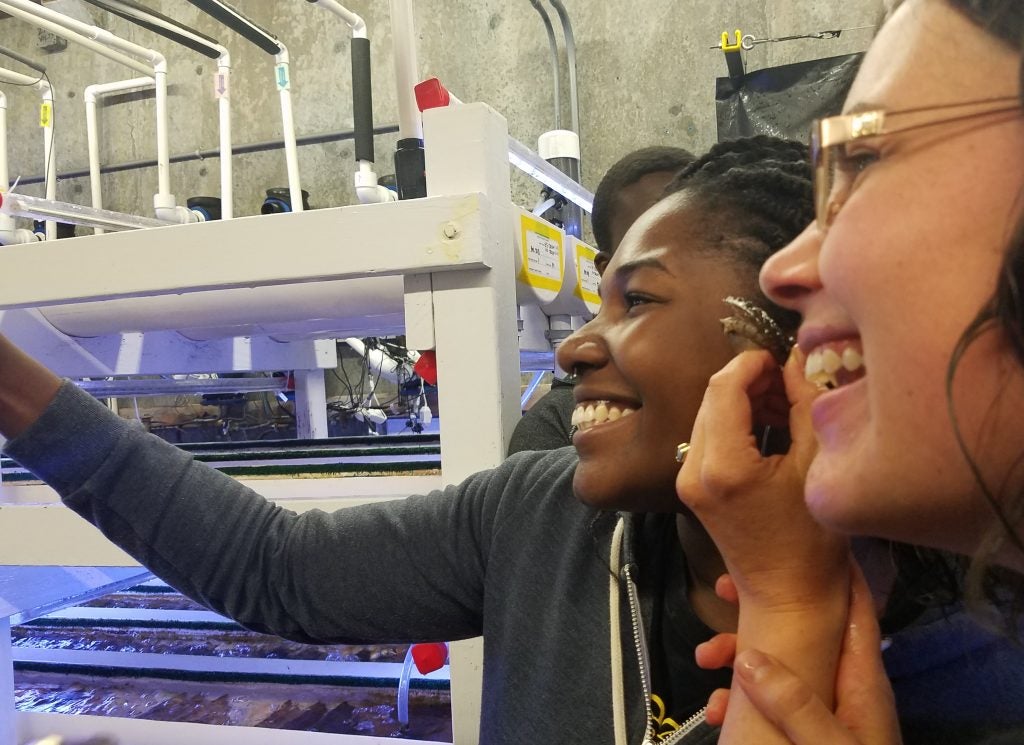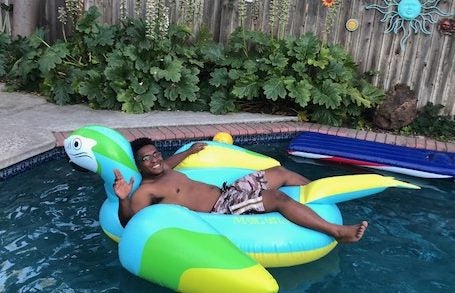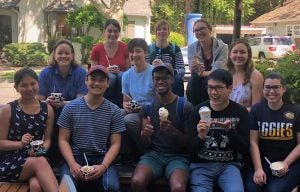It was also amazing having UMES professor Dr. Tracy Bell visit to learn some new techniques in the Draper Lab. She’s focusing on the zebrafish kidney and got to do some in-situ hybridization while she was here.
The research has been incredible, and I have enjoyed both working in an incredible lab and exploring Davis. I was able to learn how to ride a bike in just three days and this has been an amazing skill to learn. MCBGAP and EEGAP students also took a field trip to the UC Davis Bodega Marine Laboratory, which was both fun-filled and educational. I got to hold a sea star and sea urchin in my hands. I have also been able to explore different food cuisines and tea shops. I also went down to San Francisco to see the amazing Golden Gate Bridge and visit the Wax Museum which was an incredible experience.
Most importantly, I have appreciated the knowledge I have acquired from my research, the awesome networking I have had during this time with other students and faculty and many of the professional development seminars in the program.
I would like to thank the MCBGAP program coordinators, Dr. Hom, Dr. Sean Burgees and Ms. Brenda who have been helpful all through this program. I will also like to thank Dr. Draper, my graduate mentor, Yulong Liu and every member of the Draper lab for all the great research that they are doing and for the amazing learning experience I received.
Thanks to the UC Davis community for an amazing summer experience!
